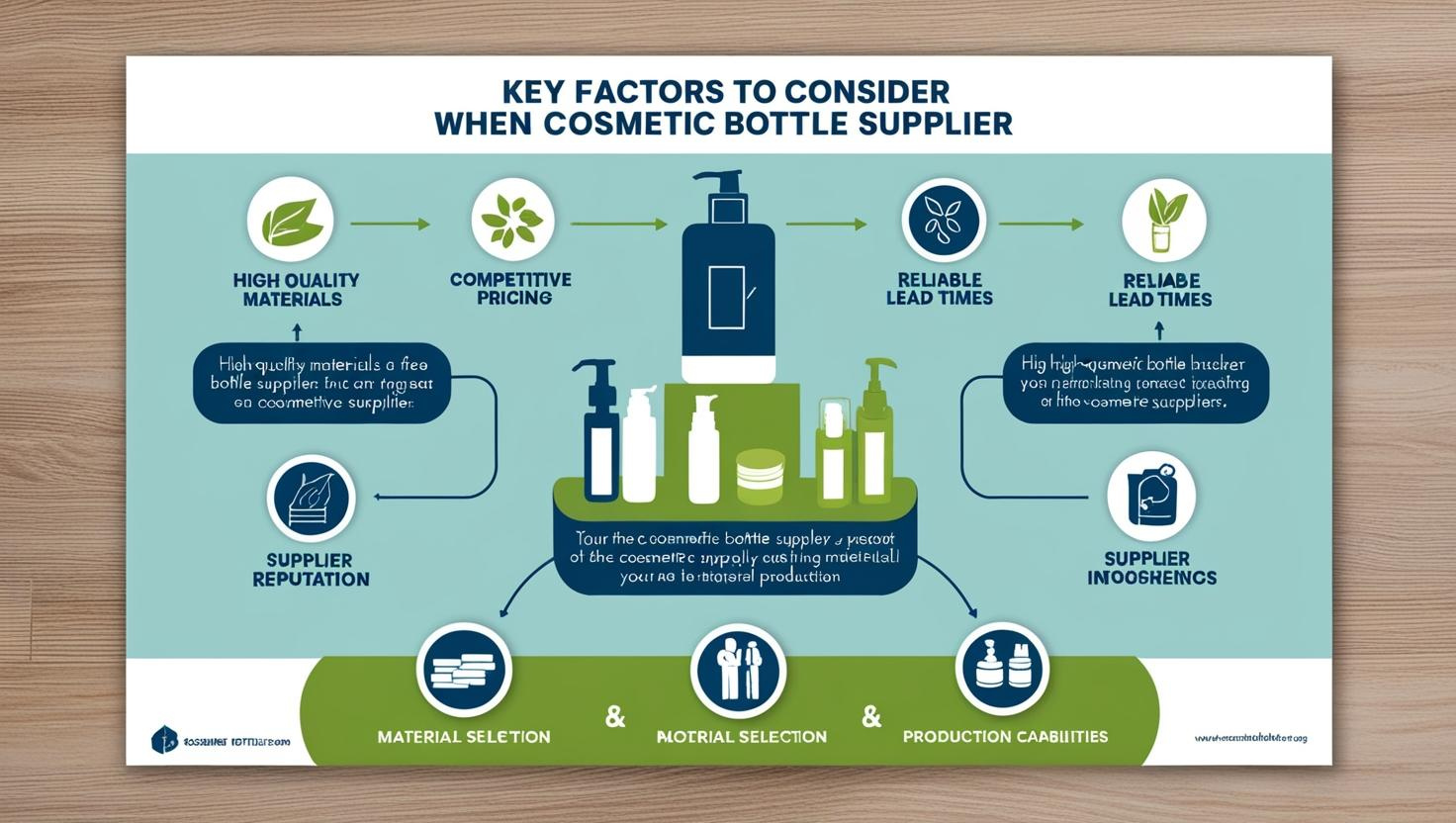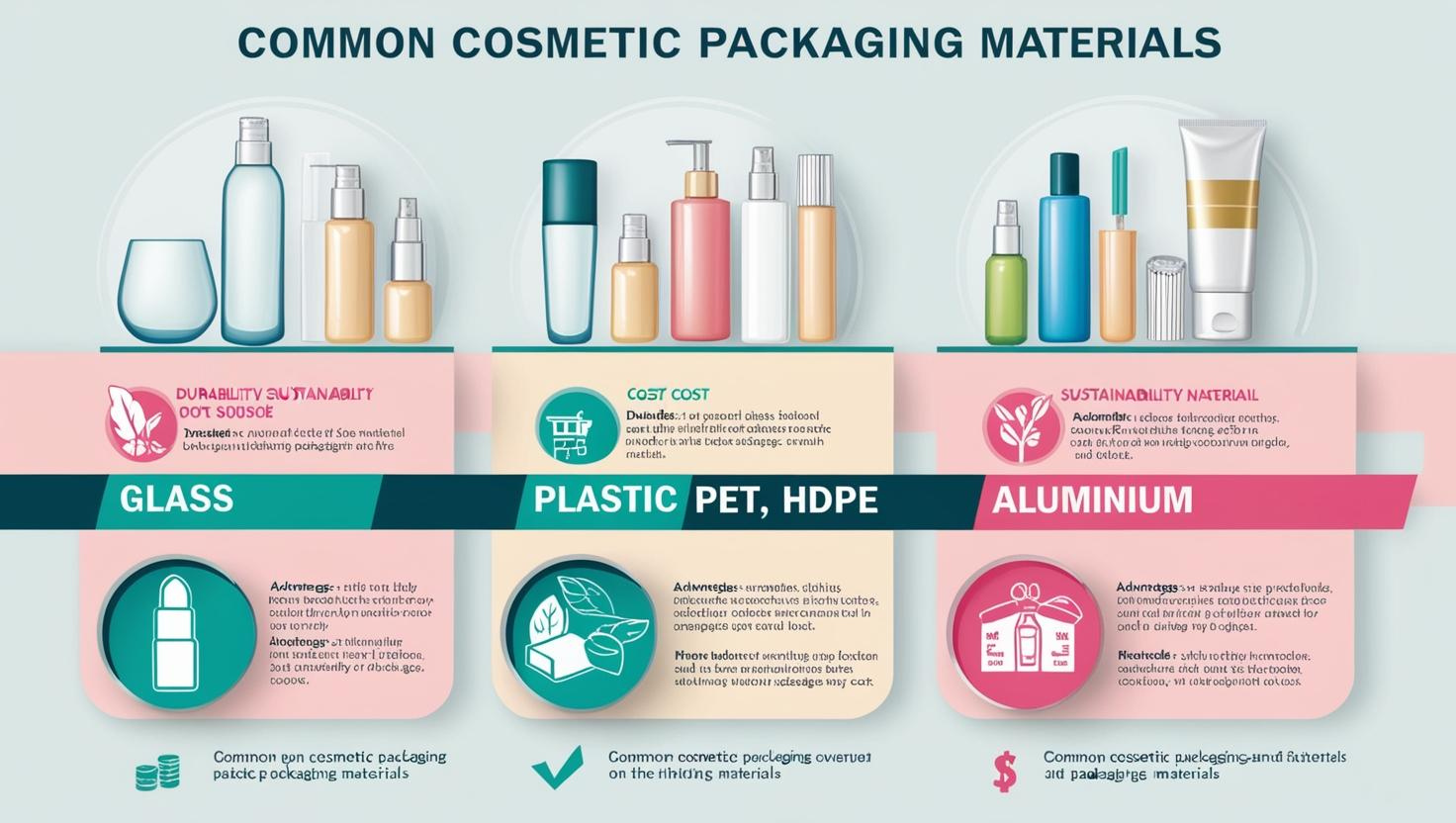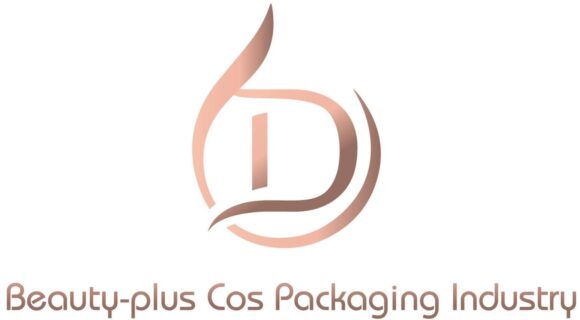
Finding the right supplier for cosmetic bottles can be overwhelming. Quality, price, and lead time all play a role in making the right decision. Choosing the wrong supplier can lead to delays and poor packaging quality.
The best supplier for a cosmetic bottle is one that offers high-quality materials, competitive pricing, and reliable lead times. Factors such as supplier reputation, material selection, and production capabilities should be considered.
Not all suppliers offer the same level of service. Some specialize in high-end luxury packaging, while others focus on affordable bulk production. Understanding these differences helps in making an informed decision. Check out the best cosmetic packaging suppliers1 for reliable options.
What Is the Best Material for Cosmetic Packaging?
Different cosmetic products require different packaging materials. The right material ensures product safety and enhances brand appeal.
The best material for cosmetic packaging depends on the product type. Common choices include glass, plastic (PET, PP, HDPE), and aluminum. Each material has advantages in durability, sustainability, and cost.

To choose the right material, explore a detailed guide on the best materials for cosmetic packaging2.
Glass vs. Plastic vs. Aluminum
| Material | Benefits | Drawbacks |
|---|---|---|
| Glass | Premium look, recyclable, chemical-resistant | Heavy, fragile, higher cost |
| Plastic | Lightweight, cost-effective, versatile | Environmental concerns, some types degrade over time |
| Aluminum | Lightweight, recyclable, durable | Limited shapes, higher cost than plastic |
Glass is best for high-end skincare and perfumes, while plastic is ideal for lightweight and budget-friendly options. Aluminum is mainly used for aerosol sprays and eco-friendly packaging.
What Is the Best Packaging for Skincare?
Skincare products need packaging that preserves freshness, ensures hygiene, and appeals to customers.
The best packaging for skincare includes airless pumps, glass jars, PET bottles, and squeeze tubes. The choice depends on the product formulation and usage.
Airless Pumps: Best for Serums and Lotions
Airless pump bottles prevent oxidation and contamination, keeping sensitive skincare products fresh. Learn more about how airless pump bottles work3.
Glass Jars: Ideal for Creams
Glass jars are reusable and provide a luxurious feel, but they require additional hygiene precautions.
PET Bottles: Lightweight and Durable
PET is a popular choice for toners and liquid-based products due to its lightweight nature and affordability.
What Type of Plastic Is Suitable to Make Cosmetic Bottles?
The right plastic type ensures product safety, durability, and compliance with regulations.
Common plastics for cosmetic bottles include PET, PP, HDPE, and acrylic. These materials offer durability, chemical resistance, and various design options.
To understand plastic choices in detail, explore the different types of plastic used in cosmetic packaging4.
PET (Polyethylene Terephthalate)
- Best for: Toners, lotions, and hair care
- Pros: Lightweight, clear, recyclable
- Cons: Not heat-resistant
PP (Polypropylene)
- Best for: Jars and pump bottles
- Pros: Durable, chemical-resistant
- Cons: Less transparent than PET
HDPE (High-Density Polyethylene)
- Best for: Shampoos and body washes
- Pros: Strong, impact-resistant
- Cons: Less aesthetic appeal
Acrylic
- Best for: Luxury skincare
- Pros: Glass-like appearance, premium feel
- Cons: Not recyclable
What Plastic Is Safe for Cosmetics?
Plastic safety is crucial to prevent contamination and ensure product effectiveness.
Safe plastics for cosmetics include PET, PP, and HDPE, as they do not leach harmful chemicals and comply with industry standards. Avoid PVC and polystyrene due to potential health risks.
How to Identify Safe Plastics?
- Check recycling codes: PET (1), HDPE (2), and PP (5) are safe.
- Look for BPA-free labels: Bisphenol A (BPA) can be harmful.
- Verify compliance: Ensure the plastic meets FDA or EU safety regulations5.
Conclusion
Choosing the best supplier for cosmetic bottles depends on material selection, safety, and production capabilities. The right supplier should offer high-quality materials, competitive pricing, and reliable lead times.
-
This link helps readers find reliable cosmetic packaging suppliers, ensuring high-quality materials, competitive prices, and timely delivery. ↩
-
This link provides detailed insights into different cosmetic packaging materials, including their benefits and drawbacks. ↩
-
This link explains the function and benefits of airless pump bottles, which help preserve skincare products. ↩
-
This link offers a comprehensive guide to various plastics used in cosmetic bottles and their properties. ↩
-
This link ensures readers can verify which plastics are safe for cosmetics based on regulatory guidelines. ↩

